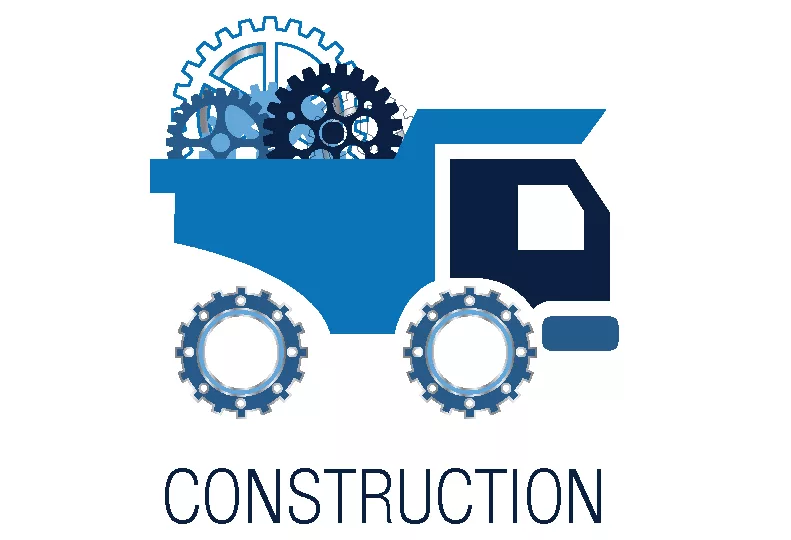Construction sector could see modest easing next year
Labor shortages persist, as does uncertainty about effects of I-976

.jpg) Cheryl Stewart contends that 2020 will be another strong year for the commercial construction industry, albeit not as strong as 2019.
Cheryl Stewart contends that 2020 will be another strong year for the commercial construction industry, albeit not as strong as 2019.
“Everybody is sitting back watching for a recession,” says Stewart, executive director of the Inland Northwest Associated General Contractors. Though 2020 likely will see a slight slowdown, she contends she doesn’t anticipate more than a 10% drop overall in work compared to 2019.
A number of school, road, and other public projects are still in the pipeline, she says. Warehouse and manufacturing sectors, which saw strong growth in 2019, will continue to be bolstered by the economic development efforts on the West Plains and in Spokane Valley and will maintain that momentum through 2020, she contends.
The worker shortage will continue to stand in the way of construction industry growth in 2020 and for years to come, contends Stewart, citing reports she’s heard of several companies turning down work because they don’t have the workforce to accommodate the need.
Stewart adds that material and labor costs could also contribute to a slight slowdown in the coming year.
Construction companies expect to increase wages by 3% to 4% over the next couple of years starting in 2020, Stewart contends, with the intention of creating competitive wages to draw in more workers.
Material costs are going to continue to rise as global demand increases and trade negotiations continue, she adds.
Despite the uncertainty swirling around I-976, which is expected to delay several road projects, particularly residential road projects, the public construction sector is expected to see another strong year, with about $75 million in public construction slated for 2020, says Marlene Feist, spokeswoman for the city of Spokane.
The city intends to wrap up its multiyear combined sewer overflow project in early summer, says Feist.
With the completion of the CSO work, projects next year will largely consist of bridge, road, and water projects, she says.
About $35 million is dedicated to road and bridge projects, including $24 million for the Post Street Bridge replacement, says Feist. The city also plans deck replacements for the triangle truss bridge in Riverfront Park and the Hatch Road Bridge, just off Highway 195 in Hangman Valley, next year.
The city also plans left-turn safety improvements on Hamilton Street from Desmet Avenue to North Foothills Drive and plans to complete the last leg of Sprague Avenue improvements from Division Street to Grant Street, says Feist.
She notes that anything funded by the Transportation Benefit District will be delayed until the courts rule on the legality of I-976, so residential road work will likely decline in 2020. Even if the measure is overturned, she adds, the projects funded through tab fees will be delayed by at least a year.
Barry Baker, president and CEO of Baker Construction & Development Inc., says despite projections of a slowdown in the construction industry, he anticipates a hefty construction backlog will make for a strong upcoming year, especially for small retail construction projects.
Overall, he says the worker shortage continues to be a struggle for the industry, and he worries about potentially overselling the area.
Baker, who also serves on Greater Spokane Incorporated’s board, says, “We’ve always tried to recruit companies, but now you’ve kind of got to be careful, because of the depth of our workforce .... You’ve got to be careful what you ask for.”
Overall, though, he echoes Stewarts projections of a modest slowdown across the market.
Related Articles
Related Products

_c.webp?t=1763626051)
_web.webp?t=1764835652)

